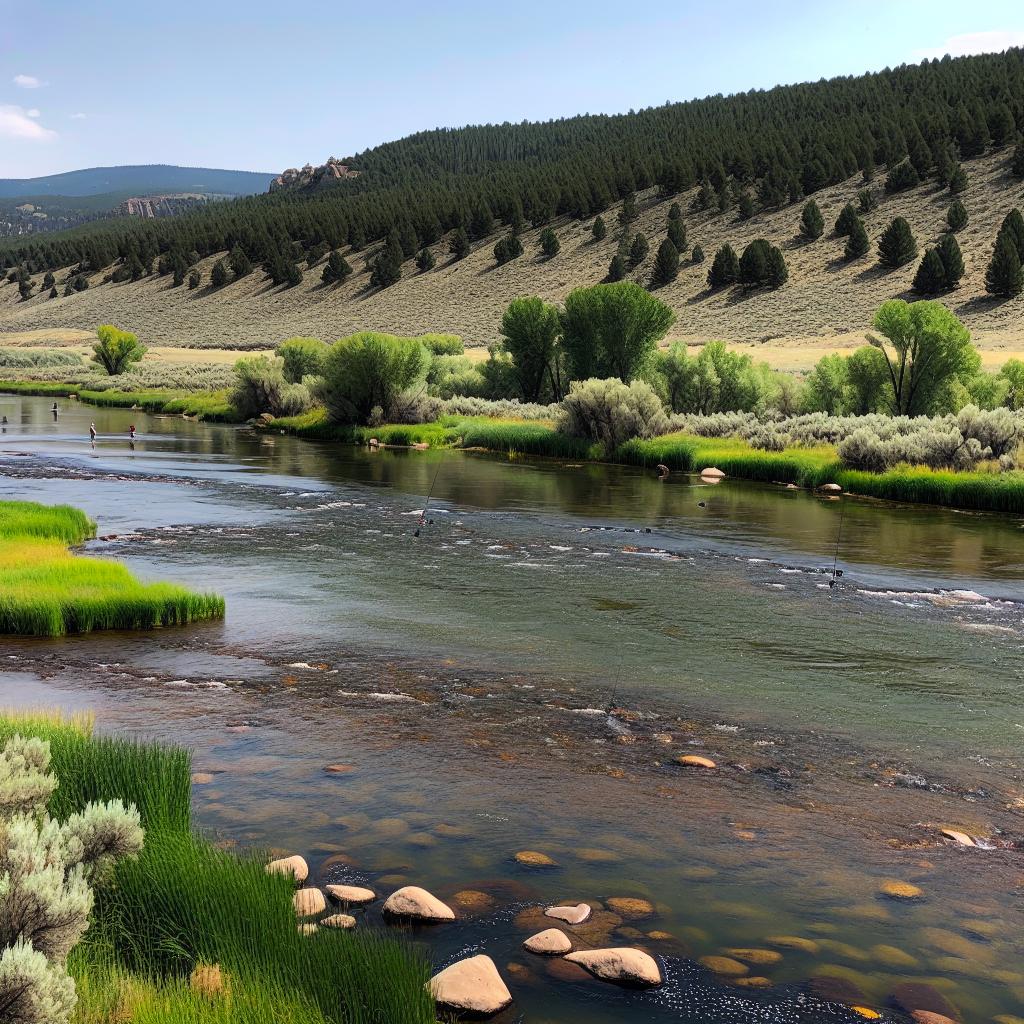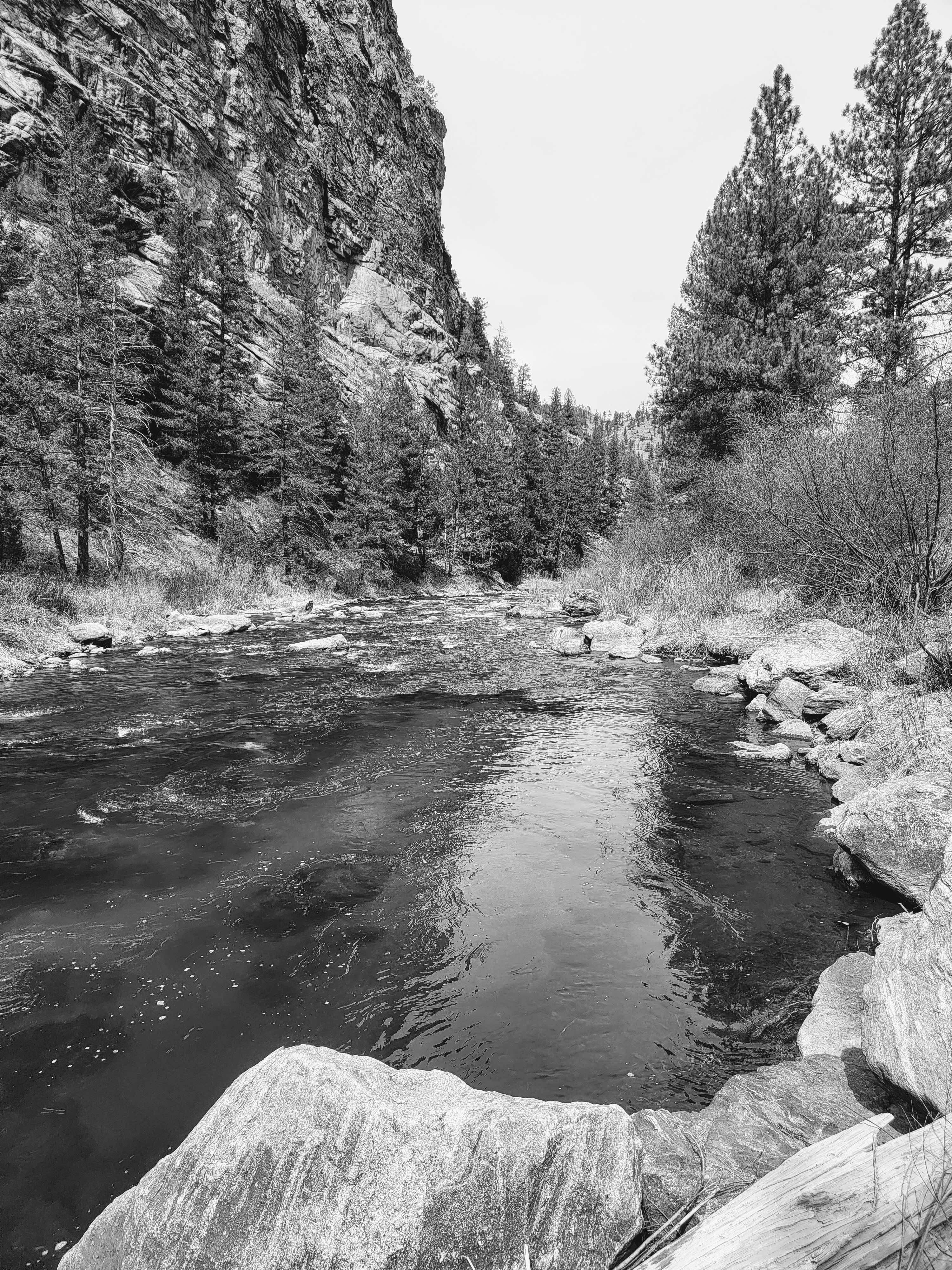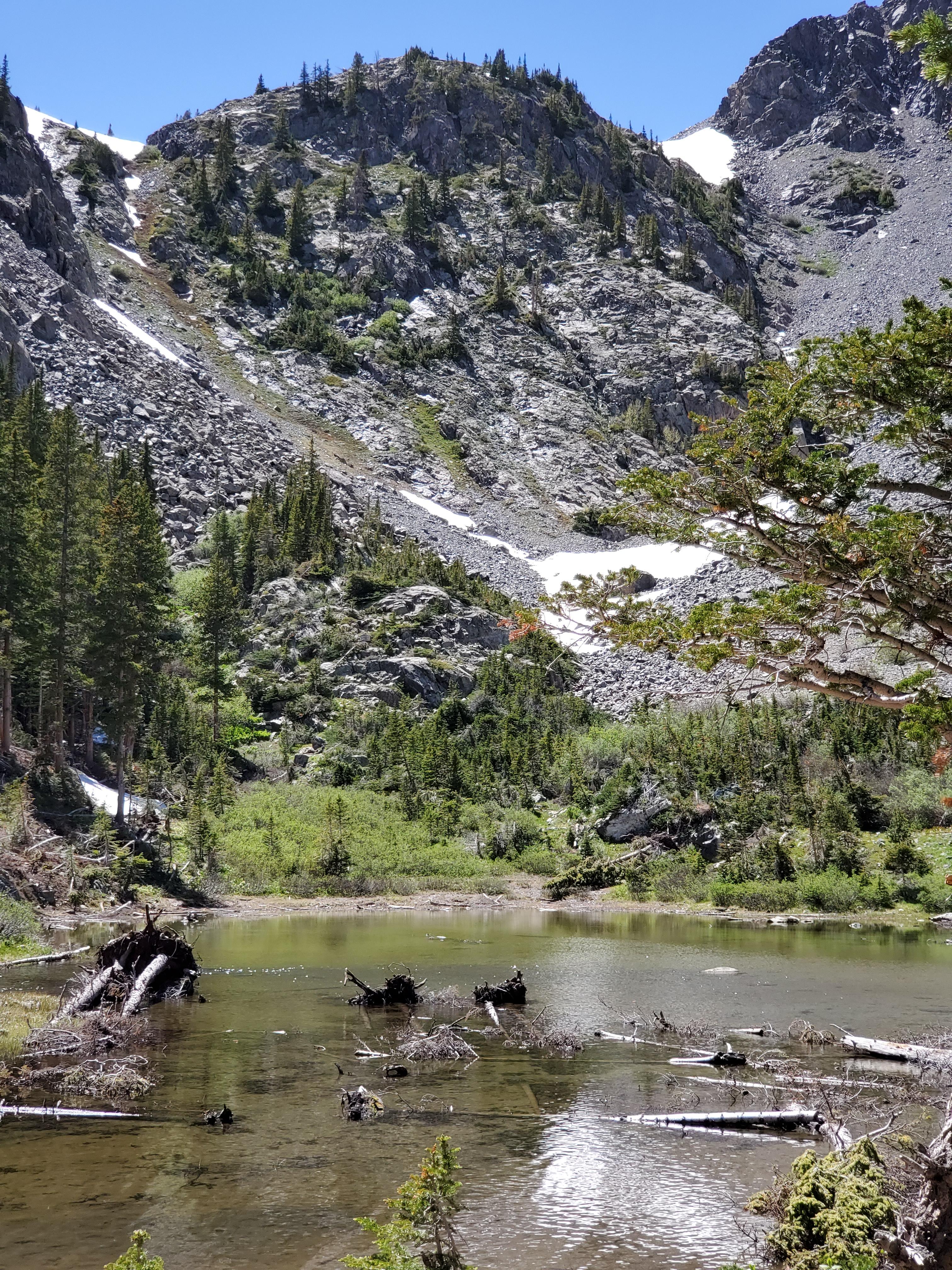Explore the diverse tributaries of the South Platte River and discover prime fly fishing spots in Colorado.
Exploring the South Platte River's Tributaries
The South Platte River is a haven for fly fishing enthusiasts, and its tributaries offer a diverse range of fishing opportunities. Each tributary boasts its own unique characteristics, from tranquil small creeks to larger rivers with rapids, and a variety of different fish species to target.
Clear Creek is among the most notable tributaries of the South Platte River, located just west of Denver. This picturesque creek is known for its challenging fishing conditions and offers a mix of pocket water and deep pools, making it an ideal spot for fly fishing enthusiasts. The South Fork of the South Platte River, Bear Creek, and Waterton Canyon are other tributaries worth exploring, each offering a unique and fulfilling fishing experience.

If you plan to explore the tributaries of the South Platte River, it is essential to keep in mind that the environment is fragile and requires responsible fishing practices. The Colorado Department of Wildlife has put in place regulations to protect the natural habitat, and it is your responsibility to follow them. You must obtain all the necessary permits and licenses to ensure that you are fishing legally. Additionally, when you are fishing in these areas, it is important to respect private property and leave no trace behind. By doing so, you can help preserve the natural beauty of these fishing spots for generations to come.
Prime Fly Fishing Spots Along the Tributaries
The South Platte River and its tributaries in Colorado are a fly fisherman's paradise, providing some of the best fishing spots in the state. One such location is Deckers, located along the South Fork of the South Platte River. Deckers is a haven for trout enthusiasts, offering an abundance of brown and rainbow trout. Fishing opportunities here are diverse, ranging from wading in the river to casting from the banks. Eleven Mile Canyon is another breathtaking location, providing a chance to catch trophy-sized trout while taking in the stunning scenery.

If you're up for a challenge, Clear Creek is another prime fly fishing spot along the South Platte River's tributaries. Known for its challenging fishing conditions, Clear Creek offers a unique and thrilling fishing experience, and skilled anglers can be rewarded with some impressive catches. Bear Creek, located near Morrison, is worth exploring as well, with a mix of fast-moving water and deep pools that provide a diverse fishing experience.
To get the most out of your fly fishing experience along the South Platte River's tributaries, it's crucial to familiarize yourself with the specific fishing regulations and recommended techniques for each spot. Additionally, having the appropriate gear and flies for the fish species present in these waters can help you make the most of your fishing adventure.
Tips and Tricks for Fly Fishing Success
Fly fishing in the South Platte River's tributaries requires some skill and knowledge to be successful. Here are a few tips and tricks to improve your chances of catching fish:
- Pay attention to the water conditions: Water levels and clarity can greatly impact the fish's behavior. Keep an eye on the weather and adjust your fishing strategy accordingly.
- Use the right flies: Match the hatch by using flies that imitate the insects present in the water. Research the local insect life and choose flies that closely resemble them.
- Practice stealth: Approach the fishing spots quietly and avoid making unnecessary movements that could scare the fish.
- Experiment with different techniques: Try different casting techniques, retrieves, and presentations to entice the fish to strike.
- Stay updated on fishing reports: Check with local fishing shops or online resources to get the latest information on fishing conditions and hotspots.
Wildlife and Conservation Efforts
The South Platte River and its tributaries are a natural wonderland brimming with various fish species and an abundance of wildlife. During fly fishing expeditions, anglers can witness the beauty of the river's ecosystems and spot an array of animals such as deer, elk, foxes, and a diverse range of bird species. The lush surrounding forests and vegetation provide crucial habitat for these animals, creating a perfect harmony between the aquatic and terrestrial worlds.
However, the delicate balance of the ecosystem is threatened by human activities, which can have a significant impact on the water quality and fish habitats. That's why conservation efforts are critical to preserving the South Platte River and its tributaries. Organizations such as the Colorado Department of Wildlife and Denver City Water are working tirelessly to protect the river's water quality, restore fish habitats, and educate anglers about responsible fishing practices.
As conscientious anglers, it is our responsibility to support these efforts and actively participate in conservation initiatives. We can do this by practicing catch-and-release, properly disposing of waste, and respecting the natural environment. By being mindful of the wildlife and participating in conservation efforts, we can ensure that future generations can continue to enjoy the beauty and abundance of the South Platte River's tributaries.
Historical Significance of the Area
The South Platte River and its tributaries hold a fascinating history that is closely linked to the mining industry and the expansion of railroads in the late 19th and early 20th centuries. The region's mining boom attracted people from all over the country who were lured by the promise of wealth and riches from gold and silver deposits. The South Platte River played a vital role in the success of mining operations by providing a significant water source for processing ore and powering machinery.
The advent of railroads further transformed the area, making it easier to transport minerals and supplies across vast distances. Rail lines were constructed along the South Platte River and its tributaries, which made transportation more efficient and helped in the expansion of the mining industry. The railroads also attracted tourists and anglers who were mesmerized by the region's natural beauty and abundant fishing opportunities.
Although the mining industry has declined considerably in recent years, the remnants of old mining towns, rail lines, and artifacts that can be found along the South Platte River's tributaries bear witness to the area's rich history. By exploring these historical sites, visitors can gain a deeper understanding of the region's past and appreciate the significant role that these waterways played in shaping the area's history.
As you venture out to fly fish along the South Platte River's tributaries, take a moment to immerse yourself in the area's history and imagine what life was like during the mining era, and how these waterways played a crucial role in shaping the region's past.
.png?width=300&height=100&name=Copy%20of%20Rise%20Beyond%20Logo%2012.31.24%20(300%20x%20100%20px).png)
.png)


